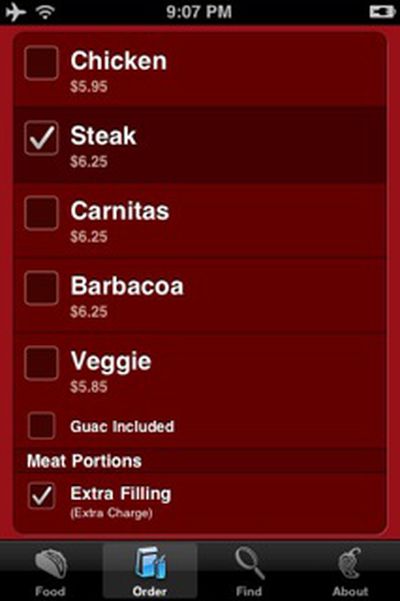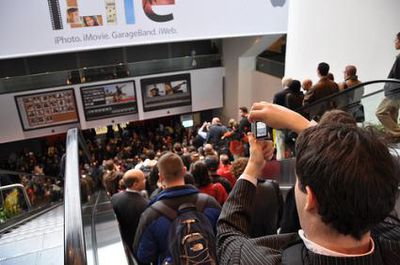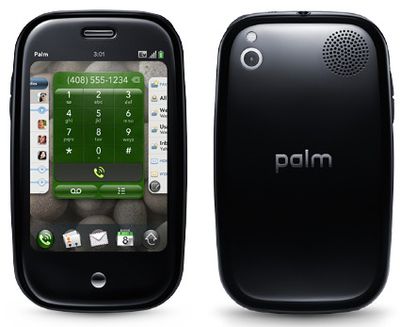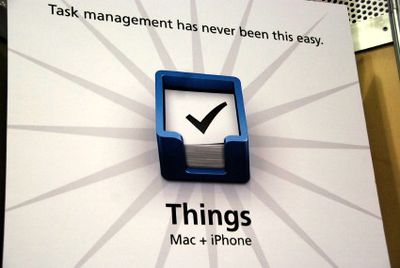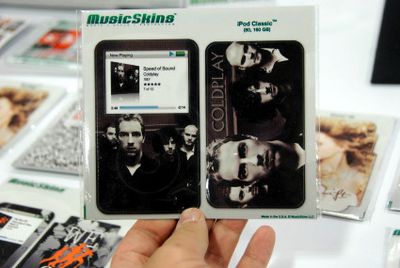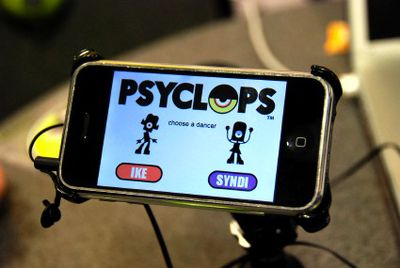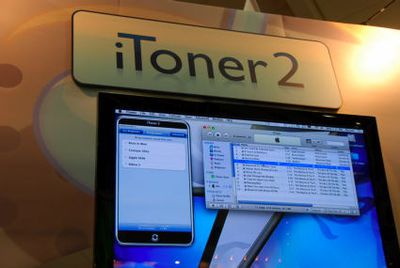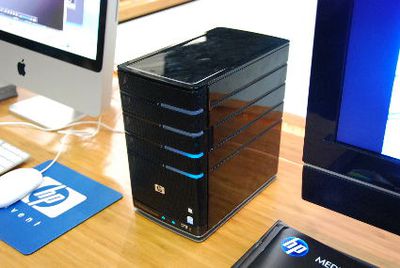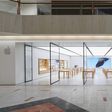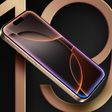After Apple announced that Steve Jobs would be not be giving the 2009 Macworld Expo keynote, analyst expectations about the event dropped dramatically.
While Apple did not deliver the expected updates to the iMac and Mac mini, they did provide substantial updates to their iLife and iWork suites and finally introduced the unibody 17" MacBook Pro.
No iMac and Mac mini Updates
The most disappointing aspect of Macworld was the lack of updates for the Mac mini and iMac. The Mac mini, in particular, has been long overdue for a refresh, and the recent rumors seemed to indicate that it would finally get some worthy upgrades (dual monitor, FireWire).
While no one could say for sure that the new iMac was coming, two sites (Wired and TUAW) specifically said that Apple would be releasing a new Mac mini at Macworld. The timing was believable, of course, since evidence of the new iMacs and Mac minis had been found buried within Mac OS X, itself. Unfortunately, either timetables changed, or these sites were simply wrong.
It's still clear to us, however, that Mac mini and iMac updates are imminent. Based on whispers we've heard, we do feel that many of the rumored upgrades surrounding the Mac mini are true. It's just a matter of when.
Macbook Pro 17" - Fixed Battery
The first report that Apple was going to deliver a 17" MacBook Pro with a fixed internal battery came from 9to5Mac. Though the site hedged a bit towards the end, the original information was confirmed by multiple sources.
The use of an extended-life, non-removable battery was unique and accurate and 9to5Mac deserves credit for the scoop.
iLife, iWork, Cloud Computing
Perhaps to the relief of many, Apple's push into "cloud" computing was far more limited than originally reported. The information came again from 9to5Mac but was described as far more ambitious a plan than what was seen at this year's Macworld.
Original reports claimed Apple would migrate iWork and iLife functionality into web-based services. While Apple did release an iWork.com public beta, its functionality is limited to collaboration and document sharing.
Other information from 9to5Mac also detailed celebrity lessons for GarageBand, which did turn out to be true.
DRM-Free
It seems clear that CNet has sources at major music labels and was able to predict that Apple would be launching a full DRM-free store at Macworld.
No iPhone Nano... Yet?
Case manufacturers XSKN and Vaja have both advertised cases for an unreleased iPhone Nano in the weeks leading up to Macworld. And while we still don't see the reasoning behind such a product, it seems clear that the case manufacturers did believe that this product was coming and have actually produced cases based on the leaked specs. In fact, the same spec leaks may also be responsible for the iPhone Nano clones that have already hit the market.
It remains possible that we will see such a product in the future, or it may have simply been an expensive mistake on the part of the case manufacturers.
What's Next?
Cinema Displays, the Mac mini and iMac seem the most likely updates coming next. Previous supply chain sources had claimed the iMac would start shipping in January. If true, that means the update could come within weeks.
Apple has occasionally been known to launch products shortly after their Macworld events in either January or February. The earliest example we could find was an iPod Shuffle revision launched on January 30th, 2007.


